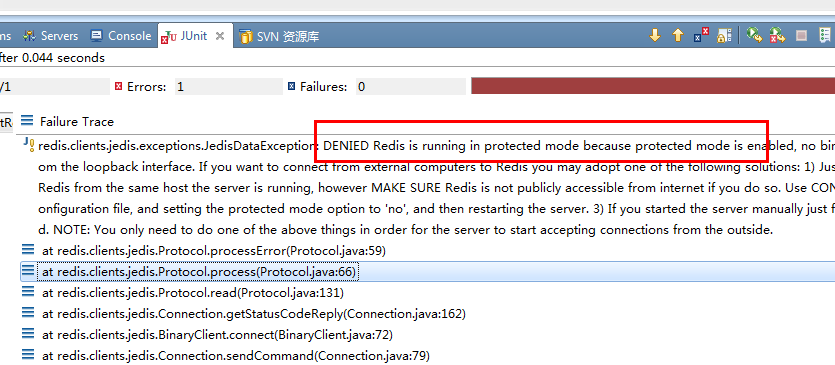225. Implement Stack using Queues
Implement the following operations of a stack using queues.
- push(x) — Push element x onto stack.
- pop() — Removes the element on top of the stack.
- top() — Get the top element.
- empty() — Return whether the stack is empty.
Example:
MyStack stack = new MyStack();stack.push(1);stack.push(2);stack.top(); // returns 2stack.pop(); // returns 2stack.empty(); // returns false
Notes:
- You must use only standard operations of a queue — which means only
push to back,peek/pop from front,size, andis emptyoperations are valid. - Depending on your language, queue may not be supported natively. You may simulate a queue by using a list or deque (double-ended queue), as long as you use only standard operations of a queue.
- You may assume that all operations are valid (for example, no pop or top operations will be called on an empty stack).
题意:用队列(先进先出)实现栈(先进后出)。
class MyStack {public:/** Initialize your data structure here. */MyStack() {}/** Push element x onto stack. */void push(int x) {_data.push(x);for(int i = 0;i< _data.size() -1;i++){int val = _data.front();_data.pop();_data.push(val);}}/** Removes the element on top of the stack and returns that element. */int pop() {int val = _data.front();_data.pop();return val;}/** Get the top element. */int top() {return _data.front();}/** Returns whether the stack is empty. */bool empty() {return _data.empty();}queue<int> _data;};/*** Your MyStack object will be instantiated and called as such:* MyStack* obj = new MyStack();* obj->push(x);* int param_2 = obj->pop();* int param_3 = obj->top();* bool param_4 = obj->empty();*/
































还没有评论,来说两句吧...